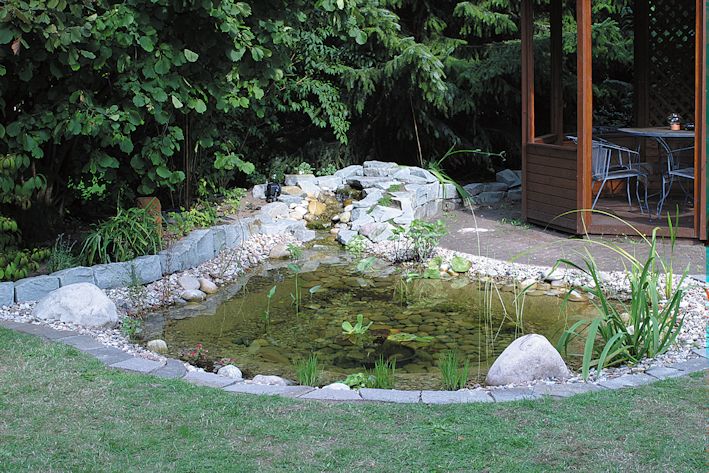Pond Lining
A pond lining is an impermeable geomembrane used for retention of liquids, including the lining of reservoirs, retention basins, hazardous and nonhazardous surface impoundments, garden ponds and artificial streams in parks and gardens. Pond lining is one of the most common applications for geomembrane use. Advanced test methods allow for the smallest holes to be detected to truly achieve a perfect containment system. Nilex offers advanced geomembranes that can be used as a primary containment barrier for high temperature liquids and provide outstanding chemical compatibility. We provide geomembrane liner installation, design assistance, fabrication and construction services for containment applications.
Key benefits:
- Used in landfill caps
- Base liner applications under roads, railways
- Secondary containment for above ground tank farms
- other containment structures such as dams, canals, ponds, rivers and lakes
- used for waterproofing of buildings and other similar structures

